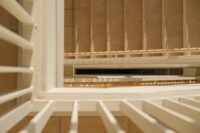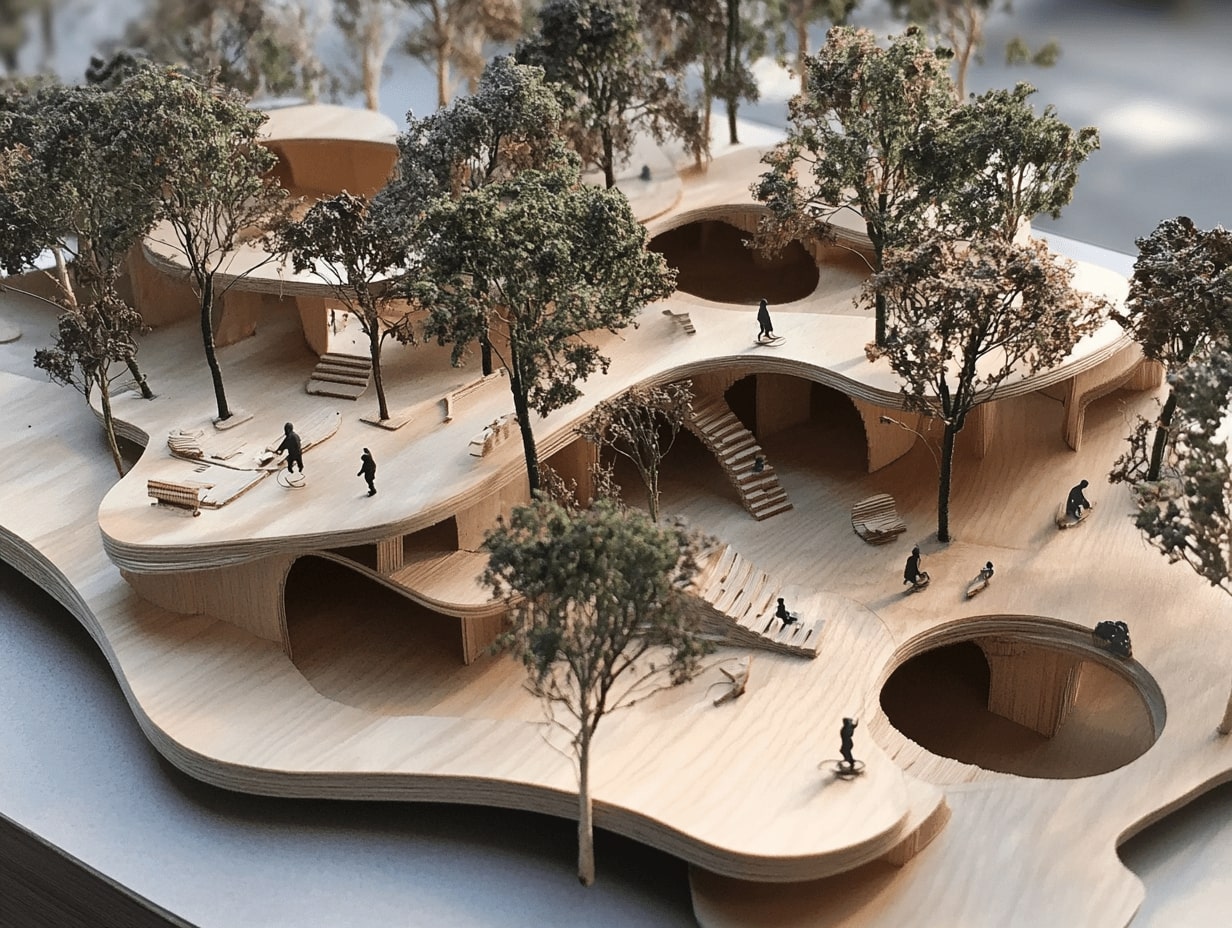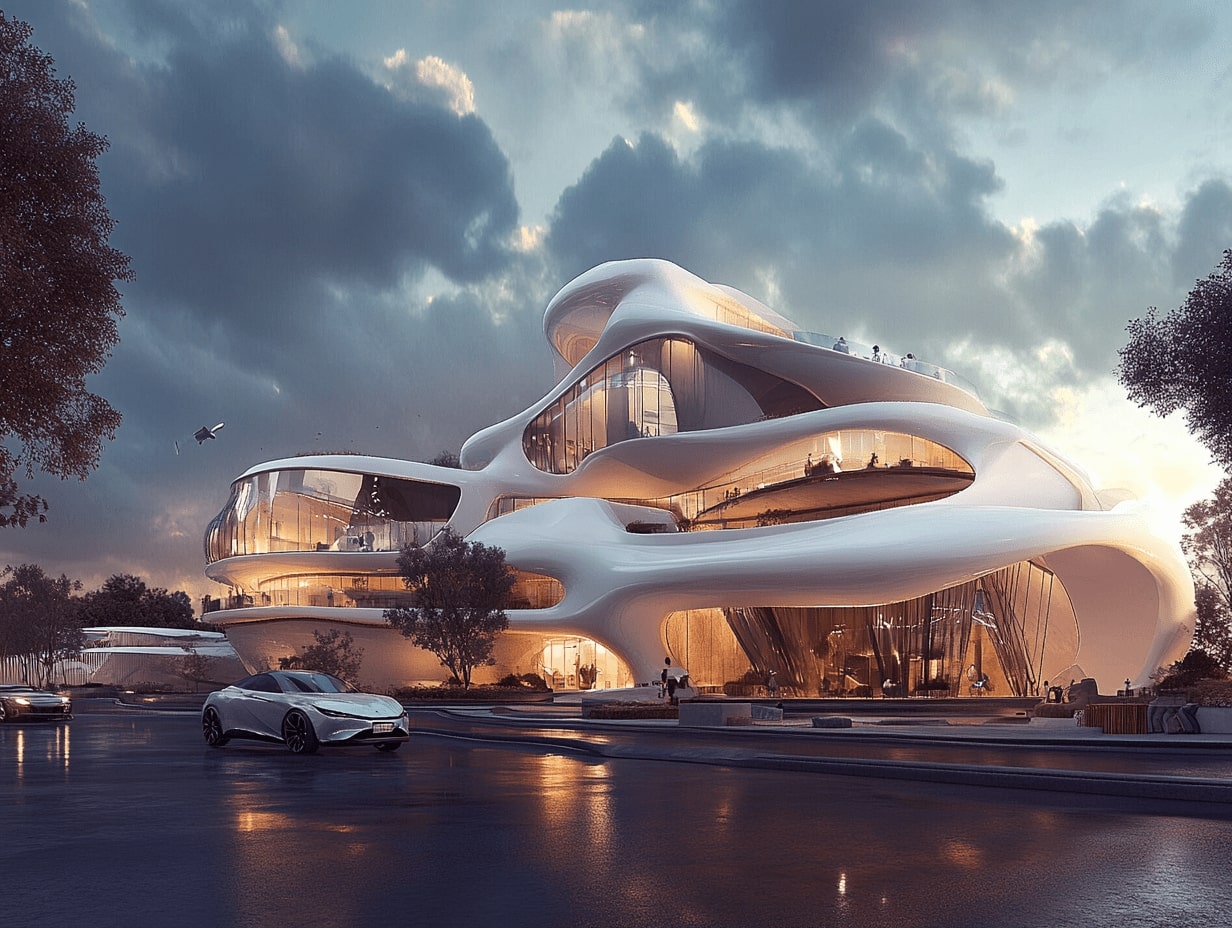- Home
- Articles
- Architectural Portfolio
- Architectral Presentation
- Inspirational Stories
- Architecture News
- Visualization
- BIM Industry
- Facade Design
- Parametric Design
- Career
- Landscape Architecture
- Construction
- Artificial Intelligence
- Sketching
- Design Softwares
- Diagrams
- Writing
- Architectural Tips
- Sustainability
- Courses
- Concept
- Technology
- History & Heritage
- Future of Architecture
- Guides & How-To
- Art & Culture
- Projects
- Interior Design
- Competitions
- Jobs
- Store
- Tools
- More
- Home
- Articles
- Architectural Portfolio
- Architectral Presentation
- Inspirational Stories
- Architecture News
- Visualization
- BIM Industry
- Facade Design
- Parametric Design
- Career
- Landscape Architecture
- Construction
- Artificial Intelligence
- Sketching
- Design Softwares
- Diagrams
- Writing
- Architectural Tips
- Sustainability
- Courses
- Concept
- Technology
- History & Heritage
- Future of Architecture
- Guides & How-To
- Art & Culture
- Projects
- Interior Design
- Competitions
- Jobs
- Store
- Tools
- More
Architecture Concept Models: Importance, Benefits, Types, and Tools for Better Design
Explore the pivotal role of architecture concept models in transforming abstract ideas into tangible designs. This article delves into their types, tools, techniques, benefits, and challenges, showcasing how they enhance creativity, collaboration, and decision-making. Learn how physical, digital, and hybrid models bridge imagination and reality to streamline the architectural process.

When it comes to bringing architectural ideas to life, concept models are our go-to tools for translating imagination into tangible forms. These models serve as the bridge between abstract ideas and physical reality, allowing us to explore, refine, and communicate designs in a way that sketches and digital renderings simply can’t match. They’re more than just miniature structures—they’re a critical part of the creative process.
Whether we’re shaping the initial vision or testing out innovative solutions, concept models let us experiment freely. They help us visualize proportions, materials, and spatial relationships while sparking conversations that lead to better design decisions. In a world where precision and creativity go hand in hand, these models are an essential step in transforming bold concepts into groundbreaking architecture.

Table of Contents
ToggleWhat Are Architecture Concept Models?
Architecture concept models are physical or digital representations of design ideas. They simplify complex concepts into tangible forms, making initial ideas easier to analyze and communicate. Created early in the design process, these models help explore spatial relationships, material dynamics, and structural proportions.
Materials for physical models often include foam boards, paper, or wood, while digital models use software like Rhino or SketchUp. Physical models allow hands-on interaction, and digital models offer precise scalability and geometrical experimentation. Each serves critical purposes based on project requirements.
We use these models to visualize abstract thoughts, test feasibility, and identify design challenges. For instance, volumetric models can reveal how spaces interact, while sectional models highlight internal arrangements. By bridging vision with practical constraints, concept models foster better decision-making and collaboration.

Importance Of Concept Models In Architecture
Concept models are essential in architecture as they bridge the gap between abstract ideas and tangible visual forms. These models elevate the design process by aiding visualization and fostering collaboration.
Visualizing Design Ideas
Concept models enable us to explore and refine spatial relationships, proportions, and materials in a physical or digital form. Unlike sketches, they provide three-dimensional perspectives, making it easier to assess the feasibility of design ideas. For example, physical models crafted from foam boards or paper allow quick experimentation with structural components, while digital models using tools like Rhino offer scalable, precise geometrical analysis.
By working with physical or virtual dimensions, we test new design approaches and reduce the abstraction of initial thoughts, ensuring clearer, more informed decisions throughout the creative process.
Facilitating Communication
Concept models enhance communication by making abstract designs accessible to diverse stakeholders. For clients, models simplify complex concepts, translating technical architectural language into visual forms. In team settings, these tools promote collaboration by acting as a shared reference point, enabling architects, engineers, and contractors to discuss potential challenges effectively.
Physical models, with tangible characteristics, invite immediate feedback during presentations, while digital models integrate seamlessly into virtual meetings, adding interactive elements. This clarity reduces misunderstandings, ensures alignment on project goals, and strengthens the overall workflow.
Types Of Architecture Concept Models
Concept models in architecture can be categorized based on their medium and functionality. The primary types include physical, digital, and hybrid models, each offering unique advantages.

Physical Models
Physical models are three-dimensional representations crafted with materials such as foam board, wood, paper, or clay. We use them to explore spatial forms, proportions, and material textures. These models allow hands-on interaction, enabling precise visualizations of abstract ideas. They’re ideal for presentations, as they provide tactile feedback and offer a tangible perspective on design.
For instance, scale models of building layouts help clients grasp spatial relationships, while site models effectively depict environmental contexts. Physical models are also versatile, allowing the use of multiple materials to simulate textures or structural joints.
Digital Models
Digital models leverage design software like Rhino, SketchUp, or Revit to create virtual representations of architectural concepts. These models excel in scalability and geometrical accuracy. We rely on them for rapid iterations, parametric design, and detailed visualizations.
Digital tools enable us to simulate lighting, structure, and environmental factors, offering previously unattainable precision. For instance, digital terrain models can show topographical changes, while urban-scale digital models can demonstrate zoning impacts. Their adaptability is invaluable in collaborative workflows, ensuring seamless integration across design disciplines.
Hybrid Models
Hybrid models combine physical and digital modeling techniques, merging tangible craftsmanship with computational precision. We use these models to balance material tactility and virtual adaptability. For example, laser-cut components designed digitally are assembled into physical models, offering accuracy and hands-on refinement.
These models facilitate advanced prototyping, such as integrating electronics into traditional physical forms. Hybrid modeling benefits large-scale projects, allowing scaled digital parts to be tested through physical assembly before full-scale execution. By combining strengths, hybrid models boost design efficiency and flexibility.
Tools And Techniques For Creating Concept Models
Architectural concept models rely on a combination of tools and techniques to bring abstract ideas to life. These resources streamline the design process, ensuring that the models effectively communicate spatial and structural concepts.

Common Tools Used
Efficient model creation depends on a selection of physical tools, digital software, and materials.
- Cutting tools: Precision knives, laser cutters, and CNC machines help craft intricate designs in physical models. They ensure clean lines and accurate cuts.
- Modeling materials: Foam boards, basswood, acrylic sheets, and cardboard provide structural flexibility and ease of manipulation for physical prototypes.
- Adhesives: Glues, double-sided tape, and fasteners ensure secure connections between components in physical models.
- 3D printers: For hybrid and digital models, 3D printing technology creates detailed and scalable structures quickly. It’s indispensable in rapid prototyping.
- Design software: Programs like Rhino, SketchUp, and AutoCAD allow precise digital modeling. These tools facilitate quick iterations and detailed visualizations.
Techniques For Effective Model Making
Strategic techniques enhance the visual and functional quality of concept models.
- Layered construction: Building models in layers highlights individual spatial elements, helping to articulate materials and proportions clearly.
- Scale modeling: Using consistent scales ensures accuracy and aids comparison between design components, especially when analyzing spatial relationships.
- Material exploration: Experimenting with materials like translucent sheets or textured finishes adds depth to the model, emphasizing lighting and tactile properties.
- Detail reduction: Simplifying the model to emphasize key design concepts avoids unnecessary complexity, retaining focus on core ideas.
- Precision assembly: Aligning components accurately during assembly ensures that the model faithfully represents the intended design.
By combining precise tools and well-practiced techniques, concept models become effective mediums for visual and structural communication in architectural design.
Benefits Of Using Concept Models In Design Process
Concept models play a pivotal role in refining and evolving design ideas, offering distinct advantages in creativity and problem-solving. They streamline the design process by bridging abstract concepts with practical applications.

Enhancing Creativity
Concept models unlock new creative possibilities by translating abstract ideas into tangible forms. They allow us to experiment with different shapes, materials, and proportions before committing to a final design. For example, physical models offer hands-on opportunities to test structural variations, while digital models enable rapid iterations on complex geometries. This iterative process fosters innovation by encouraging exploration beyond traditional boundaries.
Improving Problem Solving
Concept models reveal design challenges early, streamlining problem-solving through visualization and analysis. They help identify potential structural, spatial, or material issues, preventing costly revisions later. A physical model might expose hidden flaws in load distribution, while a digital model can simulate lighting or airflow to uncover inefficiencies. These insights lead to more informed decisions and efficient solutions, ultimately optimizing the overall design.
Challenges In Developing Architecture Concept Models
Developing architecture concept models involves navigating several challenges that can impact the efficiency and accuracy of the design process.

Material Limitations
Selecting the right material is critical, but limitations like cost, availability, or durability can hinder effective model creation. For instance, expensive or fragile materials may restrict iterations, while limited access to specialized materials can affect the quality of physical models.
Time Constraints
Creating detailed models demands significant time, particularly when balancing multiple iterations or tight project deadlines. Rushed timelines often compromise the precision or depth of experimentation, reducing overall design quality.
Complexity of Abstract Ideas
Architectural concept models aim to simplify abstract ideas, but representing intricate concepts or spatial relationships can be challenging. Capturing fine details while maintaining clarity requires precise techniques and tools, increasing model complexity.
Software Learning Curves
Digital modeling tools like Rhino or SketchUp enhance scalability, yet they often come with steep learning curves. Mastering these software programs takes time and technical skills, limiting their immediate usability for all team members.
Communication Gaps
Misalignments between team members or stakeholders can occur when models don’t effectively convey key ideas. For example, clients unfamiliar with architectural representations may struggle to interpret spatial concepts, leading to misunderstandings.
Balancing Digital and Physical Techniques
Hybrid models combine digital precision and physical tangibility, but integrating these methods can pose challenges. Translating digital designs into physical models or vice versa often results in discrepancies, requiring additional adjustments.
Addressing these challenges ensures that concept models remain effective tools for innovation, visualization, and collaboration across architectural projects.
Conclusion
Architecture concept models bridge the gap between imagination and reality, serving as indispensable tools in the design process. They simplify complex ideas into tangible forms, enabling architects to explore and refine spatial relationships, material choices, and proportions. By integrating both physical and digital techniques, we enhance our capacity to visualize, experiment, and communicate ideas effectively.
Efficient models foster collaboration by presenting clear, accessible concepts to clients, engineers, and contractors. Physical models allow immediate feedback during in-person discussions, while digital models offer scalability and precise modifications. Hybrid models capitalize on the strengths of both approaches, optimizing prototyping and decision-making.
Although challenges like material costs, time constraints, and software complexities exist, we can address them through careful planning and resource allocation. Utilizing the right tools, techniques, and strategies ensures the creation of models that enhance creativity, identify potential issues, and streamline problem-solving. Concept models remain an integral part of architectural innovation and design efficiency.
- advantages of architecture models
- architectural design benefits
- architectural model benefits
- architecture concept creation
- architecture concept development
- architecture concept models
- architecture design process
- architecture design tools
- architecture model design
- architecture model making tools
- architecture modeling techniques
- benefits of architectural models
- concept models for design
- conceptual architecture design
- importance of architecture models
- importance of concept models in architecture
- importance of design models
- modeling in architectural design
- tools for architectural modeling
- tools for architecture design
- tools for creating architectural models
- types of architectural models
- types of design models in architecture
Submit your architectural projects
Follow these steps for submission your project. Submission FormLatest Posts
Building with Purpose: Creating Meaningful Spaces for Community and Sustainability
Explore the transformative power of purposeful building in our fast-paced world. This...
Architectural Concept Ideas: Inspiring Designs for Functionality, Aesthetics, and Sustainability
Discover the essence of architectural concepts and their role in shaping innovative,...
How to Find Architectural Ideas: Creative Tips and Inspiration for Unique Designs
Discover practical strategies to find architectural inspiration from nature, history, art, and...
Architectural Design Development: Key Stages, Tools, Challenges, and Future Trends
Explore the transformative process of architectural design development, where creativity meets precision....












Leave a comment